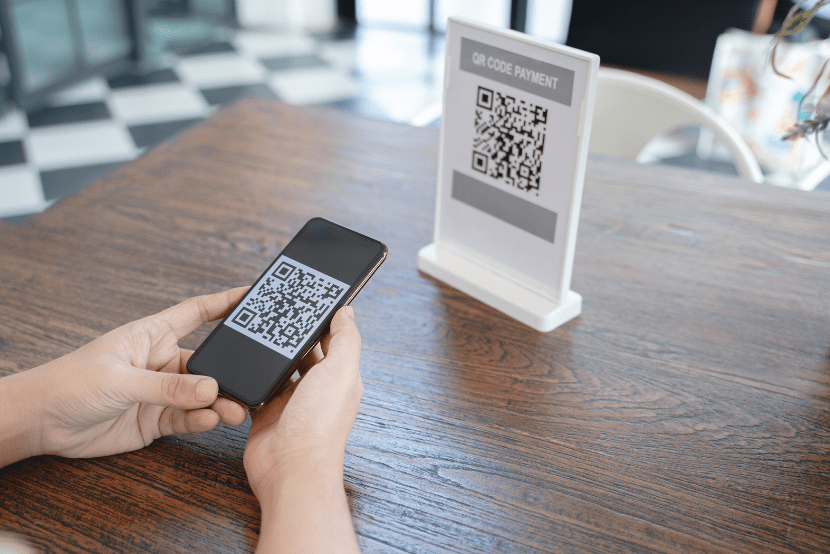
Mobile App Testing: Using Emulators, Real Devices, and Mobile Device Cloud Testing
When creating mobile apps, you always want to make certain that they look good and function correctly with as few defects and dissatisfactions as possible. By testing and debugging your apps in the same scenarios and devices that they would normally be used, potential problems can be found and dealt with as early as possible. However, testing thoroughly on every single device can be difficult due to the vast array of devices out there. In this article, we’ll look at the different tools for testing mobile apps, their pros and cons, and how to best utilize each to ensure optimal testing of your apps.
Emulators
Emulators are software that runs on your desktop and allows your apps to run on virtual mobile devices. They try to mimic the hardware and OS of mobile devices. While versatile and relatively easy to access for use in testing, they are limited in that they don’t give you the full functionality of a real device, nor do they simulate many of the real-life scenarios that arise with an actual device.
Pros
- Free: Able to download and install device emulators for free for Android Studio, Visual Studio, and XCode.
- Versatile: Emulators exist for many of the device types for each platform, from phones and tablets to watches, etc. This makes it easier to test an app to ensure that the UI is displayed correctly on a certain device.
- Network testing: Able to choose different network types (GSM, EDGE, LTE, etc.) and test voice/data status (roaming, home, searching, etc.) and signal strength, which can be useful if you need to test how your app deals with a slower network, such as when receiving and sending data.
- Different sensor types: Emulators have a fair amount of sensor types to help you test, such as location, battery, microphone, or even fingerprint sensors.
Cons
- Lack of hardware functionality: Emulators don’t do a good job of emulating actual device hardware. For example, it would be hard to test an app that accesses the camera using an emulator since the emulator may not be able to take photos or videos.
- Can’t test every sensor type: Emulators can’t test every sensor type, so they can’t emulate the true performance of the device nor device events that may occur.
Best use case
Overall, emulators allow you to get a good initial impression of an app and to be able to test some basic functionality. They’re usually best used during the initial development phase or if you’re testing to see if the UI looks correct on different devices. When trying to do more thorough testing of the app or trying to test hardware features or more real-world device situations, you’re better off using the other two tools.
Real Devices
Real devices are the ideal tools on which to test your mobile apps. They provide you the most accurate responses and scenarios for your app. However, they aren’t as readily available as emulators.
Pros
- Accurate results: Since your apps will be used on a mobile device, an actual device will give more accurate responses to how your app will perform since you can access hardware, functionality, and resources that you can’t on an emulator.
Cons
- Not easily accessible, expensive: Unless you already have access to a fleet of devices, getting access to enough devices to test your app may not be possible. Devices aren’t cheap, especially if you are developing a cross-platform app; therefore, you might not know if the app will work correctly on some devices.
Best use case
Using real devices may be a better option than using emulators because you get more accurate results. However, it falls to some of the deficiencies that are an advantage in emulators, such as cost and versatility. If you did have access to real devices, they would allow you to test throughout the development and release of your app, with emulators filling in for other scenarios, such as how the app would look and function on other devices.
Mobile Device Cloud Testing
Mobile Device Cloud Testing is another tool that allows you to test your apps, albeit with real devices, and from a wide selection of devices with different OS platforms. It is a service provided by some companies for a fee, which allows you to use their dedicated fleet of devices in the cloud to test your apps.
Pros
- Real devices: You have access to real devices, which would provide you with more accurate test results.
- Variety of devices: Having access to a lot of different devices ensures that your app will look and function correctly on most devices.
- Automated testing: A lot of the cloud testing services also allow automated testing on multiple devices at the same time, which make it efficient and time-saving to use. You would just have to write the test cases and use their software to run it which return results on the tests.
Cons
- Costs: You must subscribe to services which charge monthly or annual fees, and per user, which would quickly add up.
Best use case
If you have the budget to subscribe to the Mobile Device Cloud Testing services fees, and if you didn’t already have access to a mobile device test lab with the different resources and devices needed for testing, then this could be an ideal fit. This option would be great for QA testing and development as it allows access to many real device types for developing and testing of apps.
Conclusion
Overall the best option for testing your apps is still going to be with real devices because they will offer the most realistic environments which should return the most accurate results. Sprinkling in some emulators to help with basic functionality and app design testing on devices you don’t have access to should also be fine, however you always want to test your app fully on real devices. Finally, using Mobile Device Cloud Testing services is also a great option since it offers a robust test lab and access to devices.
Hopefully, this short article provided some insight into the mobile testing landscape and helped you and your team come up with a testing strategy will work for you. And as always, if you ever need any help with your mobile app development and testing, Imaginet is always here to help.
Related Articles:
Thank you for reading this post! If you enjoyed it, I encourage you to check out some of our other content on this blog. We have a range of articles on various topics that I think you’ll find interesting. Don’t forget to subscribe to our newsletter to stay updated with all of the latest information on Imaginet’s recent successful projects

discover more
The Imaginet Difference: Boutique In Size with Big Results
The Imaginet Difference: Boutique In Size with Big Results April 09, 2024 Since 1997, Imaginet has been a proud Microsoft Partner. We offer a variety of Microsoft-related consulting, implementation, and…
QR Code Phishing Attacks: Are You Protected?
QR Code Phishing Attacks: Are You Protected? April 09, 2024 QR code phishing attacks or “Quishing” are on the rise, and it’s crucial to raise awareness about this evolving threat.…
Virtual Workspaces Are Here! How Will You Use Them?
Virtual Workspaces Are Here! How Will You Use Them? April 4, 2024 My YouTube feed has been full of reviews of the Apple Vision Pro since it became available in…
Let’s build something amazing together
From concept to handoff, we’d love to learn more about what you are working on.
Send us a message below or call us at 1-800-989-6022.




